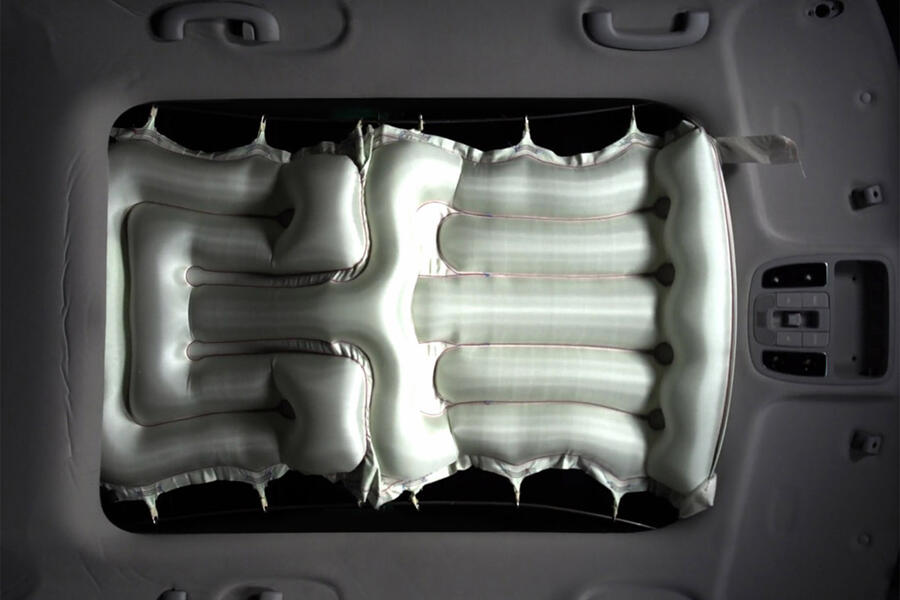 New electronic control system could consign turbochargers to history.
New electronic control system could consign turbochargers to history.
When the first prototype e-boosters came on the scene a few years ago, back-to-back comparisons with conventional turbochargers swiftly revealed what an improvement they made to the response of large-capacity diesels.
Until this point, the compressors, driven by an electric motor rather than exhaust gas, have only been used in short bursts before a conventional exhaust-driven turbocharger system takes over. Now, Aeristech, based in Leamington Spa, has come up with a new e-booster that can be used full time, doing away with exhaust-driven turbochargers altogether.
A turbocharger is driven by the energy released from hot, expanding exhaust gases. The harder the engine is working, the more energy there is and the quicker the turbocharger responds. When the engine isn’t working so hard, there’s less energy in the exhaust and turbocharger response gets laggy. Diesels are more thermally efficient than petrol engines, so more of the fuel is converted to mechanical energy rather than heat and the exhaust releases less energy. So when a diesel is loafing around, its turbocharger system really struggles to wake up and that’s when an electric booster can fill the boost gap.
One of the biggest enemies of a powerful electrical system is the heat it generates and controllers for e-boosters are no exception. Because the electric motors generate high torque, controllers quickly get hot, limiting the time motors can run without a break. Aeristech has rethought the design of the power electronics behind the e-booster to lessen the amount of heat it generates without reducing the torque. That means it can be used full time for boosting and replace exhaust-driven turbochargers.
The new electrical architecture separates control of the motor’s revs from the amount of torque it generates. Normally, both are controlled together, but under the new regime, the amount of heat generated by the controller is dramatically reduced. Not only can the motor be run for longer but it can be run much faster than usual. Typically, e-boosters are designed to run at up to 70,000rpm before the limitations of the electronic control system kick in. With the Aeristech design, there are no electronic limits and 48V e-boosters have been tested at up to 120,000rpm.
The benefit of switching to pure e-boosting is appealing on several levels. It could also be used on small, 1.2- to 1.5-litre downsized petrol engines, which, like diesels, produce less of the exhaust gas energy at low speeds that a turbocharger needs to work properly. Removing the turbocharger from the exhaust system means the catalytic converter can be moved closer to the engine to clean up tailpipe emissions more effectively, too. It also gets rid of the exhaust back pressure that a turbocharger causes, which ironically can be bad for fuel consumption.
The new control system can be used for air pumps as well, such as those needed in fuel cell stacks, and a booster could be used in conjunction with electrically heated e-catalytic converters to get on top of emissions even before an engine has been started.

Hyundai parts supplier Hyundai Mobis is working on a novel roof-mounted airbag (pictured above) to prevent occupants from being ejected via a sunroof during a rollover. First revealed in 2017, the system is still being refined by the company but basically it deploys along two rails either side of a panoramic sunroof in 80 milliseconds, or about five times faster than the blink of an eye.
Jesse Crosse



